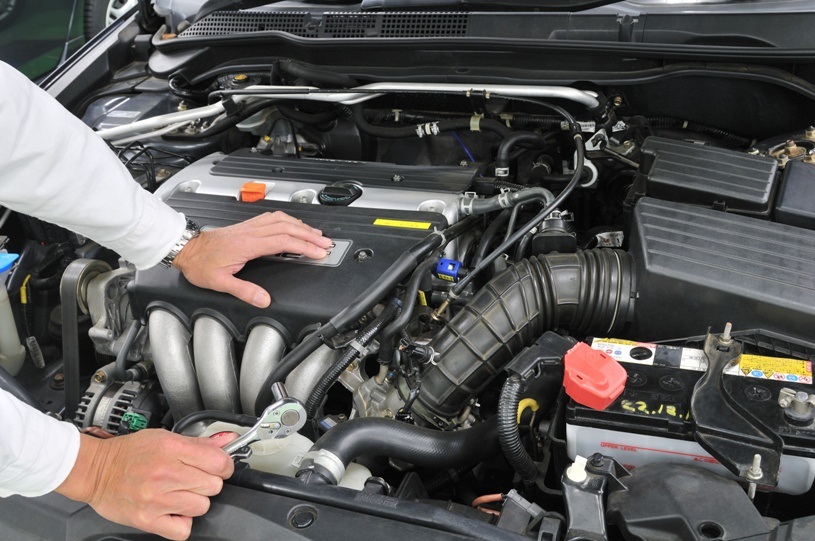In this blog post, we will explore the realities of the leather industry and how you can fight back against such cruelty. From slaughterhouse processes to supply chains and more, read on to learn more about what goes into your clothing and how you can help change it for the better.
What are Exhaust Valves?
Exhaust valves are found in the exhaust system of a car and are responsible for controlling the flow of exhaust gases. Exhaust valve opens to allow exhaust gases to escape from the cylinder, and then closes to prevent them from entering back into the engine.
Most cars have two exhaust valves per cylinder, but some larger engines may have four. The number of exhaust valves per cylinder does not affect the performance of the engine, but it can affect how noisy it is.
Exhaust valves are made from heat-resistant materials such as steel or titanium. They are subject to a lot of wear and tear and need to be replaced periodically.
Different Types of Exhaust Valves
There are three types of exhaust valves: intake, exhaust, and PCV. Each type of valve has a different function.
The intake valve allows air to flow into the engine. The exhaust valve allows exhaust gases to flow out of the engine. The PCV valve helps regulate the pressure in the crankcase.
Intake valves are located in the cylinder head. Exhaust valves are located in the exhaust manifold. PCV valves are located in the engine block.
Intake valves are opened by the intake stroke of the piston. Exhaust valves are opened by the exhaust stroke of the piston. PCV valves are opened by the pressure in the crankcase.
The intake valve is closed by the intake cam. The exhaust valve is closed by the exhaust cam. The PCV valve is closed by a spring.
The intake valve is opened by the intake cam and closed by the intake rocker arm. The exhaust valve is opened by the exhaust cam and closed by the exhaust rocker arm. The PCV valve is opened and closed by the pressure in the crankcase.
Pros and Cons of Exhaust Valves
When it comes to car performance, one of the most important factors is the exhaust valve. This component is responsible for regulating the flow of exhaust gases from the engine, and can have a major impact on both power and efficiency. Here are some of the pros and cons of different types of exhaust valves to consider before you make your next purchase.
One type of exhaust valve is the poppet valve. Poppet valves are often used in high-performance applications because they can open and close very rapidly, allowing for more precise control over the engine’s exhaust output. However, they can also be susceptible to wear and tear, and may need to be replaced more frequently than other types of valves.
Another popular option is the rotary valve. Rotary valves offer a good balance between durability and performance, and are often used in racing applications. They work by spinning around a central axis, which helps to evenly distribute wear and tear. However, they can be difficult to service if they become damaged.
Finally, there are also piston-type valves. These are similar to rotary valves, but use a piston instead of a rotor to open and close the valve. Piston-type valves tend to be very durable, but can also be quite loud when opening and closing.
How to Choose the Right Exhaust Valve for Your Car
If you’re looking to purchase a new car, you may be wondering what types of exhaust valves are available and which one is right for you. There are a few things you should consider when choosing an exhaust valve, such as the material it’s made from, the size of the valve, and the type of vehicle you’ll be using it on.
The most common type of exhaust valve is the poppet valve, which is made from either brass or steel. Brass valves are less likely to corrode and can withstand higher temperatures than steel valves. However, they’re also more expensive. Steel valves are less durable but are a good option for those on a budget.
When it comes to size, exhaust valves come in two different sizes: standard and oversize. Standard valves are typically used on cars with smaller engines, while oversize valves are better suited for larger engines. If you’re not sure what size valve you need, consult your car’s owner’s manual or ask a mechanic.
Finally, you’ll need to decide which type of vehicle you’ll be using the exhaust valve on. Valves are available for both gasoline and diesel engines. Gasoline engine valves tend to be less expensive but may not last as long as diesel engine valves. If you’re not sure which type of engine your car has, check the owner’s manual or ask a mechanic.
With these factors in mind, you should be able to choose the right exhaust valve for your car.
Conclusion
Exhaust valves are a crucial part of any car, and it’s important to know what to look for before you buy one. By considering the factors we’ve outlined in this article, you can be sure that you’ll find the best exhaust valve for your needs. Don’t forget to consult with a professional if you have any questions about which exhaust valve is right for you — they’ll be able to help you make the perfect choice for your car.
